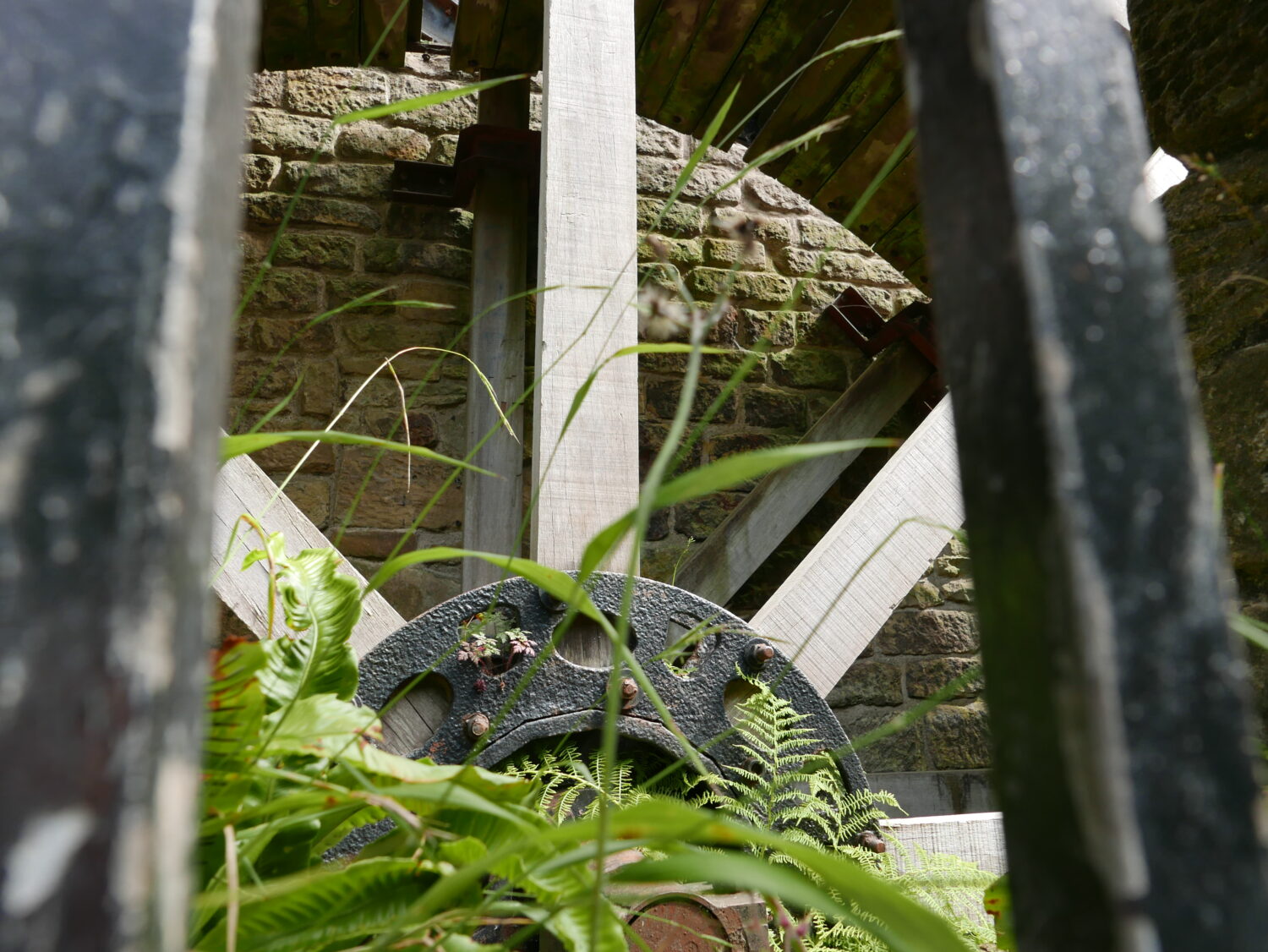NHSN’s North East Nature Archive volunteer, Sue Vaughan, follows in the footsteps of ornithologist, Kathleen Barratt with a visit to Jesmond Dene
Born in 1911 in Liverpool, Kathleen Barratt studied literature at King’s College, Newcastle before working as a lecturer at the Northern Counties Training College. As well as teaching, Kathleen published four novels, including To Fight Another Day (1947), and several poems. She was a Quaker and an avid amateur ornithologist keeping detailed descriptive handwritten diaries of her travels and bird sightings around Northumberland and further afield.
Kathleen Barratt was a member of the Natural History Society of Northumbria (NHSN) from 1953 until her death in 2003 at the age of 92. The Executors of Kathleen’s estate bequeathed over 30 of her hardbound pocket notebooks to NHSN. As well as giving details of her bird sightings the diaries include her observations of local life, public transport, weather conditions, descriptions of people she met en- route, and events such as boys stealing bird’s eggs and the miners’ strike.
Kathleen lived in Heaton for many years with Jesmond Dene being her regular haunt for walks after work and as she became less mobile with age.
In one of her early descriptions of the Dene was she recalls “Jesmond Dene – ‘a day of mist, still lying like shed fleece in the hollows”
A less romantic view from her diary of 1971 describes the Ouse Burn river as “more turbid and smelly than ever. Old pushchairs protrude here and there but the dense muddy colour of the water must surely indicate commercial waste too”
In 1972 she reports” the Dene is in a process of upheaval for the laying of new drain pipes close to the Ouseburn both public and private areas. Dumpers, cranes earth levellers, men at work”
By January 1973 she noted there were fewer birds, particularly Grey Wagtails commenting “I had not seen them for a further two months and the upheaval of sewage pipe laying, plus low level of water had made the Dene less salubrious than ever”
Recently I took a walk through Jesmond Dene at 9:30 am one Sunday morning. I passed people, walking, running, dog walking and out for a stroll with family.




There is now a plan to improve the Dene as part of a wider piece of work, the Ouse Burn Way, that will revitalise the Ouse Burn from source to the River Tyne
https://www.theouseburnway.co.uk
The plan states:
“The seven-mile trail will connect communities with nature bringing long-term benefits to water quality, wellbeing and wildlife. With a clean river, the full potential of the Ouse Burn and River Letch green corridor can be realised. This project aims to provide mental and physical health benefits with easier access to and within the green corridor.”
“Water will be significantly cleaner, as clean as water can be in an urban environment and as the valley regenerates it will enhance biodiversity right into the inner city and provide an area of carbon capture and natural cooling for the city”
Partners in this project are Northumbria Water, the Environment Agency, Newcastle and North Tyneside Councils and the Reece Foundation a charitable organisation that has developed the vision and exists to fund North East engineering, manufacturing and environmental initiatives to support sustainable prosperity in the region.
Many other local organisations are also involved in supporting work in the area including Urban Green Newcastle, Tyne Rivers Trust, Friends of Jesmond Dene and NHSN who will be engaging with local residents and increasing biological recording with the help of a new Urban Naturalist supported by the Reece Foundation.
On my wander through the Dene early on the Sunday morning I wondered what Kathleen would think of the Dene now in 2024, of the plans to improve the water quality and encourage a wider range of biodiversity as well as offering a green space to support physical and mental well-being to visitors.
Kathleen Barratt’s birdwatching diaries are part of NHSN’s North East Nature Archive – a rich and unique collection of papers, images and artwork that document the natural environment of the North East of England, and people’s connections to it, over the last 200 years. Held at Great North Museum: Hancock, the North East Nature Archive is a testament to the joy, meaning and reflection that people have found in the natural environment of the region.
Nature’s Cure in Times of Need aims to grow this incredible archive by collecting and preserving the connections that people and communities across the North East have with nature today. We’re working to build a new collection of stories, pictures and recordings, that can help us explore the meaning, memory and feeling we attach to the natural world around us.
Whatever your story of your connection with nature and however you want to tell it, please share it with us here. Your story can be preserved for future generations and could inspire others to connect with and help protect nature in the North East.
